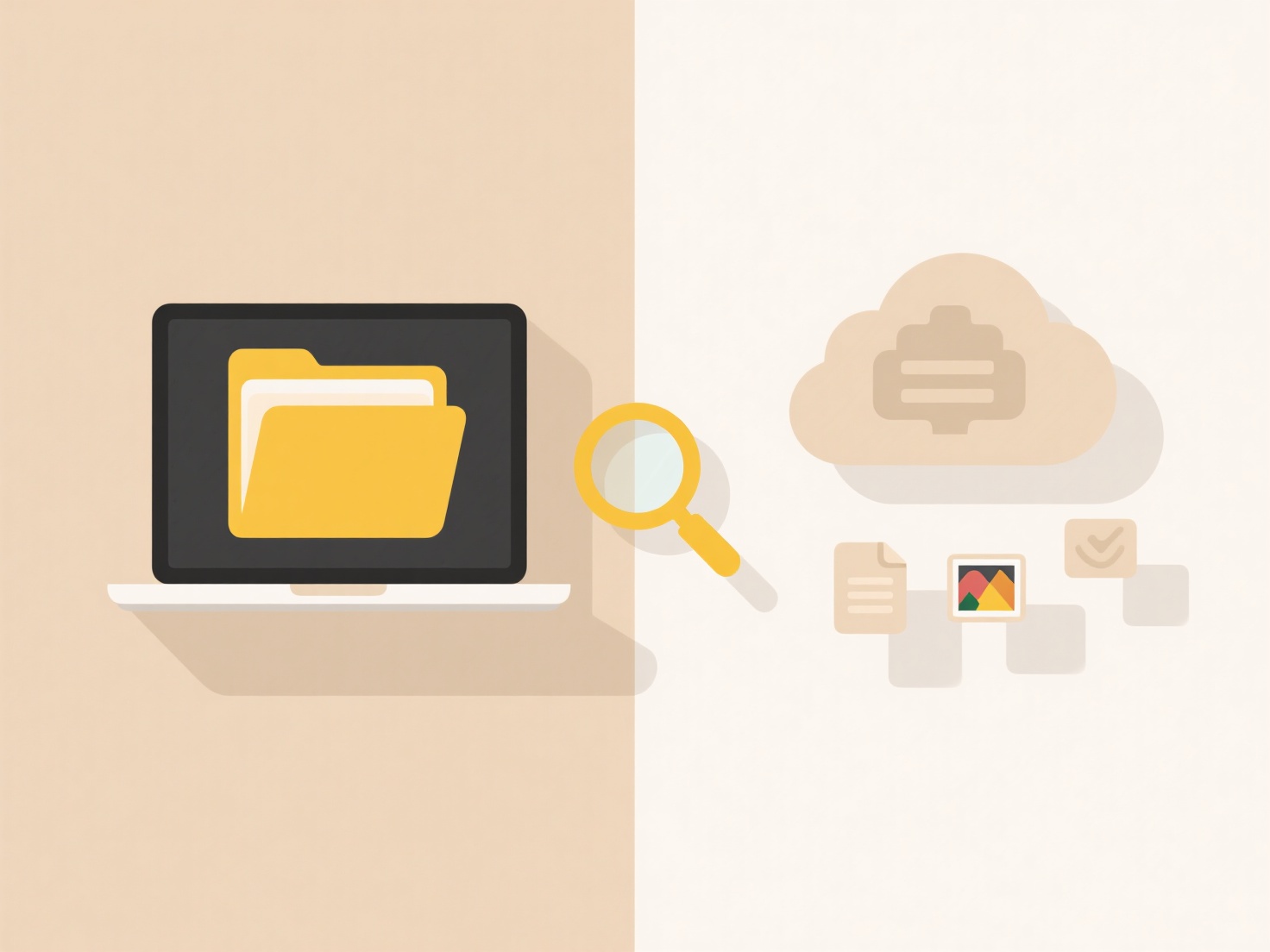
Sharing files from a mobile device involves transferring digital content like photos, documents, or videos to another device or platform. This process typically relies on internet-based services, direct wireless connections, or physical methods. Common approaches include sending files as email attachments, uploading them to cloud storage services (like Google Drive, iCloud, or Dropbox) and sharing a link, using platform-specific tools (like AirDrop for Apple devices or Nearby Share for Android), transferring via Bluetooth, using messaging apps (WhatsApp, Telegram), or connecting physically via USB cable.
For instance, you might share vacation photos quickly with friends nearby using AirDrop or Nearby Share. Professionals often upload a project report to a cloud service like OneDrive and share the view-only link via email with colleagues, ensuring they access the latest version without large email attachments. Messaging apps like WhatsApp are frequently used to send videos or PDFs directly in chats.

This offers significant convenience and cross-platform access but has limitations. Internet-dependent methods require a stable connection and sufficient data, while Bluetooth transfers are slower. Wireless methods have distance constraints, and physical transfers need cables. Be mindful of unauthorized sharing and data privacy risks when using public links. Cloud storage solutions provide the most versatility for collaboration and accessibility, driving widespread adoption.
How do I share files from a mobile device?
Sharing files from a mobile device involves transferring digital content like photos, documents, or videos to another device or platform. This process typically relies on internet-based services, direct wireless connections, or physical methods. Common approaches include sending files as email attachments, uploading them to cloud storage services (like Google Drive, iCloud, or Dropbox) and sharing a link, using platform-specific tools (like AirDrop for Apple devices or Nearby Share for Android), transferring via Bluetooth, using messaging apps (WhatsApp, Telegram), or connecting physically via USB cable.
For instance, you might share vacation photos quickly with friends nearby using AirDrop or Nearby Share. Professionals often upload a project report to a cloud service like OneDrive and share the view-only link via email with colleagues, ensuring they access the latest version without large email attachments. Messaging apps like WhatsApp are frequently used to send videos or PDFs directly in chats.

This offers significant convenience and cross-platform access but has limitations. Internet-dependent methods require a stable connection and sufficient data, while Bluetooth transfers are slower. Wireless methods have distance constraints, and physical transfers need cables. Be mindful of unauthorized sharing and data privacy risks when using public links. Cloud storage solutions provide the most versatility for collaboration and accessibility, driving widespread adoption.
Quick Article Links
Why do backup tools create redundant file copies?
Backup tools create redundant file copies primarily to enhance data safety and reliability. Redundancy means intentional...
What types of files are best suited for cloud storage?
Cloud storage is well-suited for files that benefit from accessibility, scalable capacity, or off-site backup. Ideal can...
How do I clear search history or suggestions?
Search history refers to previous queries stored by services or devices, while suggestions are predicted queries or auto...